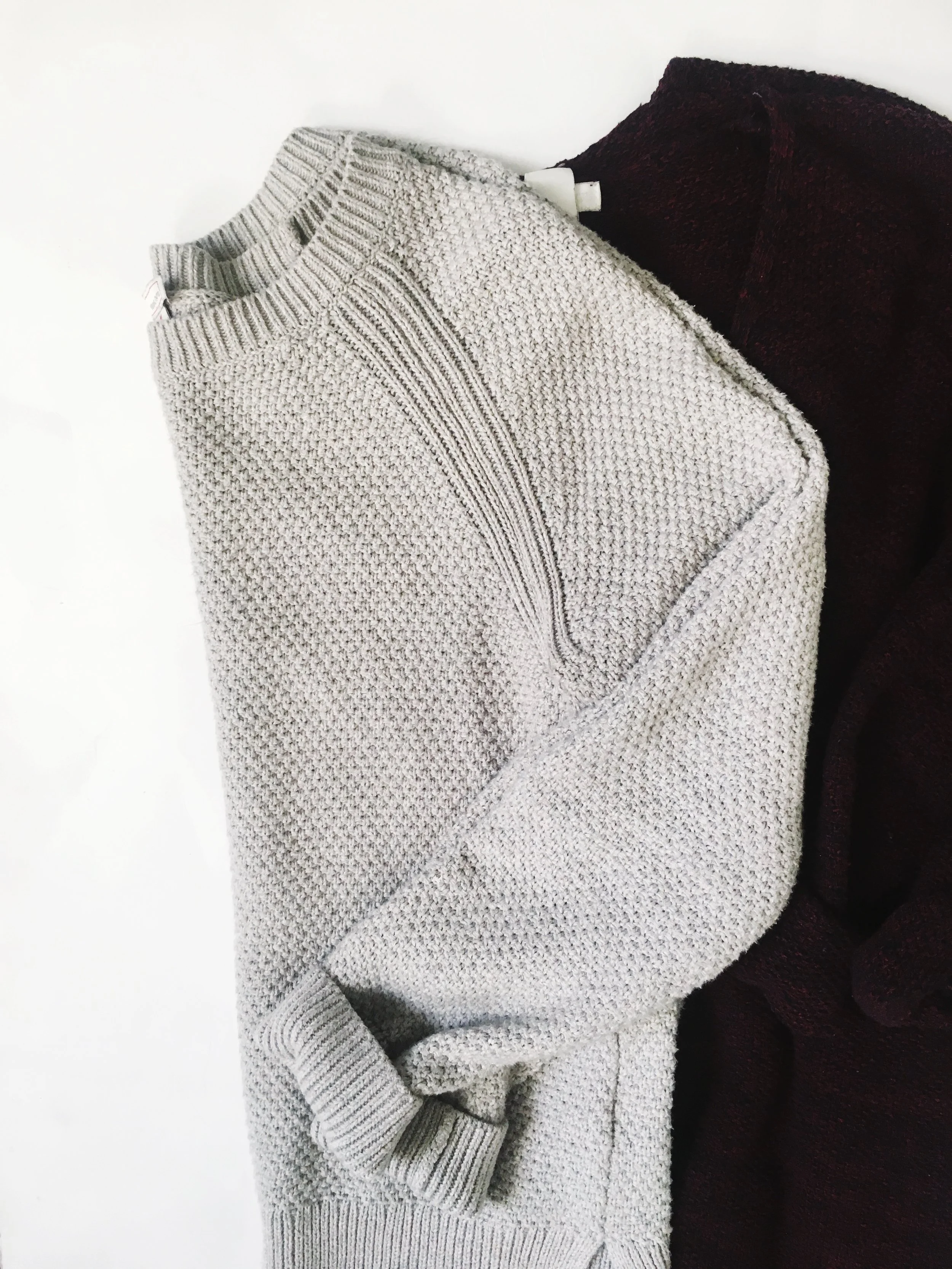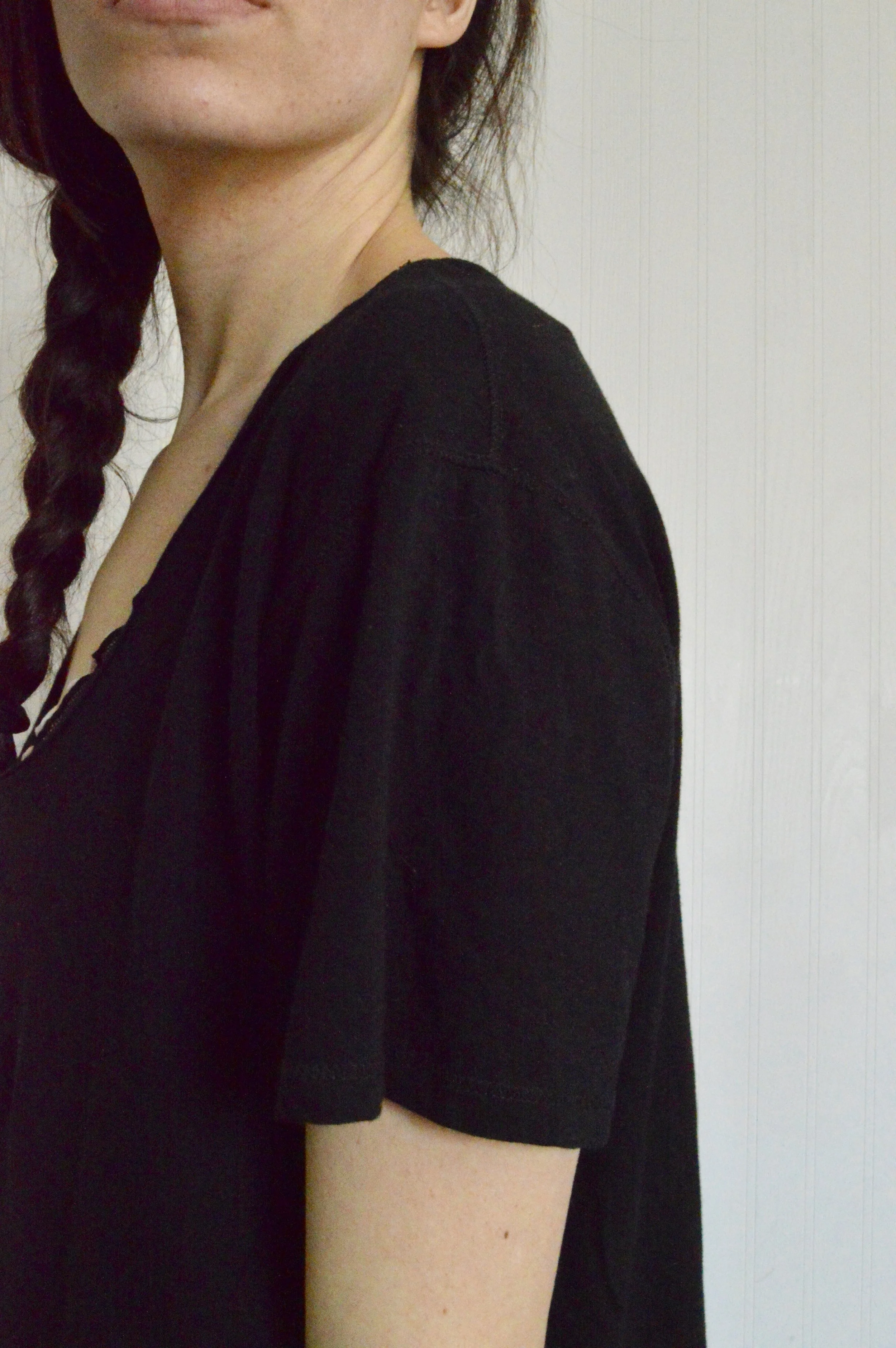15 Ways To Be More Mindful About Your Wardrobe
This post is a guest post from Kristi Soomer, founder and CEO of Encircled
Building an ethical wardrobe isn’t a race, it’s a marathon.
Many of us have years even decades of clothing that we’ve acquired without a second thought.
The journey to create an ethical closet takes time. It’s not an overnight activity. It requires a shift in mindset first to change the way you think about the clothing you buy and wear.
It starts with mindfulness.
Mindfulness is a heightened state of consciousness. Essentially, a enlivened awareness about what you add, and take out of your closet.
To get you started, here are 15 ways you can start shifting your perspective about the clothing in your closet, and to help you start questioning everything you buy.
QUALITY OVER QUANTITY
Less is more. The idea of fewer but better things is completely contrarian to the ways of the fast fashion industry, however it’s the first guidepost for developing a more functional, and minimal closet.
1. Invest in well-made basics
Fundamental pieces in your wardrobe, like the perfect white tee, or that epically fitting skinny blue jean should be where most of your money goes. Investing in trend pieces is a waste of money, as they’ll be gone in a season or so.
2. Look for quality fabrics
Start learning about the different types and quality of fabric. The first thing to consider is the ‘hand’ or feel of the fabric. Does it feel nice? Drape well? Read the content label. How and where was it made? Here’s a resource on learning more about sustainability and fabric.
3. Always ask how many ways you can wear a piece before buying it
Before buying anything, calculate how many ways you can wear it. Is it easy to dress up or dress down? Can you wear to work or a night out? The more versatile the item, the more value it will add to your closet.
4. Check for construction of garments
Educating yourself on the elements of a well-made piece of clothing is essential to avoid wasting money on items that will fall apart or wear through quickly. Check seams to see if they’re straight and not puckering. Lay the garment flat - does it look even? Look at the details - check zippers, pulls, buttons to see if they're secure. Want more guidance? Check out this reference guide for things to look for in a quality garment.
5. Choose fit over size labels
Learn to change your mindset around size labels. There is no universal sizing in the clothing industry. Although from brand to brand, sizing may seem the same, there are always subtle differences. Start to buy garments that fit properly, regardless of what size number is in the label.
OWN YOUR STYLE.
Knowing your style, and buying things that work with your look is an easy way to build a more minimal and mindful closet. You’ll stop wasting energy and resources on clothing that you’ll never wear, and only buy things that will be worn.
6. Buy for today, not tomorrow
Buying stuff that you can’t wear, or doesn’t suit your lifestyle as it is TODAY is a recipe for an overstuffed, and underutilized closet. Embrace where you are today in life. If you’re not working at a corporate office - don’t buy suits. If you’re working from home, invest in comfy basics.
Image courtesy of Encircled
7. Keep a consistent palette — primarily neutrals with a few accent colors
Neutrals are easier to mix and match which creates more wearable outfit options from your wardrobe. It’s also good to have a few ‘signature’ accent colours that make you glow when you put them on. Here are several practical tips on choosing the perfect colour palette for your wardrobe.
8. Know your style and stay within it
Are you more of a jeans and t-shirt kind of person or do you rock floral dresses? Or are you both? Identifying, refining and defining your style helps you create a more mindful, and minimal closet as you’re only buying things you’ll actually wear, and able to invest in ethically-made pieces that truly reflect your style.
9. One or two "signature" pieces is enough
Everyone needs a perfect ‘go to’ dress, top or outfit. However, having too many of these ‘special occasion’ pieces creates a lot of clutter in your closet. These types of purchases are also usually impulse buys. Reducing these can add a new level of consciousness to your closet.
10. Buy timeless, not trendy
Fashion is highly cyclical. What’s trendy one year, will be back in style in a decade. However, no one wants that floral skinny jeans hanging in their closet for fifteen years. Building a mindful closet is about acknowledging that trends are created by the fashion industry to encourage more purchasings. As soon as you step away from that fact, the idea of buying something to just be in style will seem just that more ridiculous.
Your closet reflects your lifestyle.
11. A clean and organized closet creates ease
A mindful closet is an organized closet. It’s impossible to be conscious about what you own when you can’t see anything. Decluttering your closet is the first step to being able to truly see what you own, and wear that stuff more often.
12. Respect your clothes by displaying them properly
Invest in good hangers, and efficient drawer systems. Nothing is worse than gorgeous finely knit sweaters, or delicate dresses lying in piles on the floor of your closet. Fold your clothes. Hang them with care. For inspiration and tips on how to fold, check out Marie Kondo’s book.
13. Be the guardian of your closet, one in one out
Make space for each new item that you bring into your wardrobe by taking 1-2 items out and donating them, or giving them to a friend. You are the gatekeeper of your closet. Think carefully before you add, and think rationally when you subtract items.
14. Treat your clothing like a fine art — launder with care
Always read care labels before washing any items. If you’re not sure, use Google to look up care details for various fabrics. In general, avoid the dryer, especially with natural fibers. Treat your clothing well, and they will last a long time.
15. Always consider who made your clothes
Ask the question, before you buy, “Who made my clothes?”. This simple question is actually really hard to answer. You can check care/content tags on clothing for where’s it made, but the best bet is to get on the company’s website and do your own research. Not finding the info? Definitely not a good sign, but be persistent and email them for further info. Asking questions about how it’s made, by whom and how the workers are treated is essential to build mindfulness into your closet.
It’s easy to get started on the journey to a more ethical and mindful closet. Start this weekend. Take one or two of these 15 tips, and implement them into your mindset. Every weekend, add a few more into your consciousness and you’ll be on your way in no time to a more mindful wardrobe.
Author Bio:
Kristi Soomer is an entrepreneur, ethical-fashion advocate, minimalist and surfer with a serious case of wanderlust. While traveling 100,000+ miles a year, she became frustrated with the lack of stylish travel clothing and founded her own travel fashion line, Encircled. A self-taught designer, Kristi takes traditional silhouettes and infuses style with function to help women do more with less.






